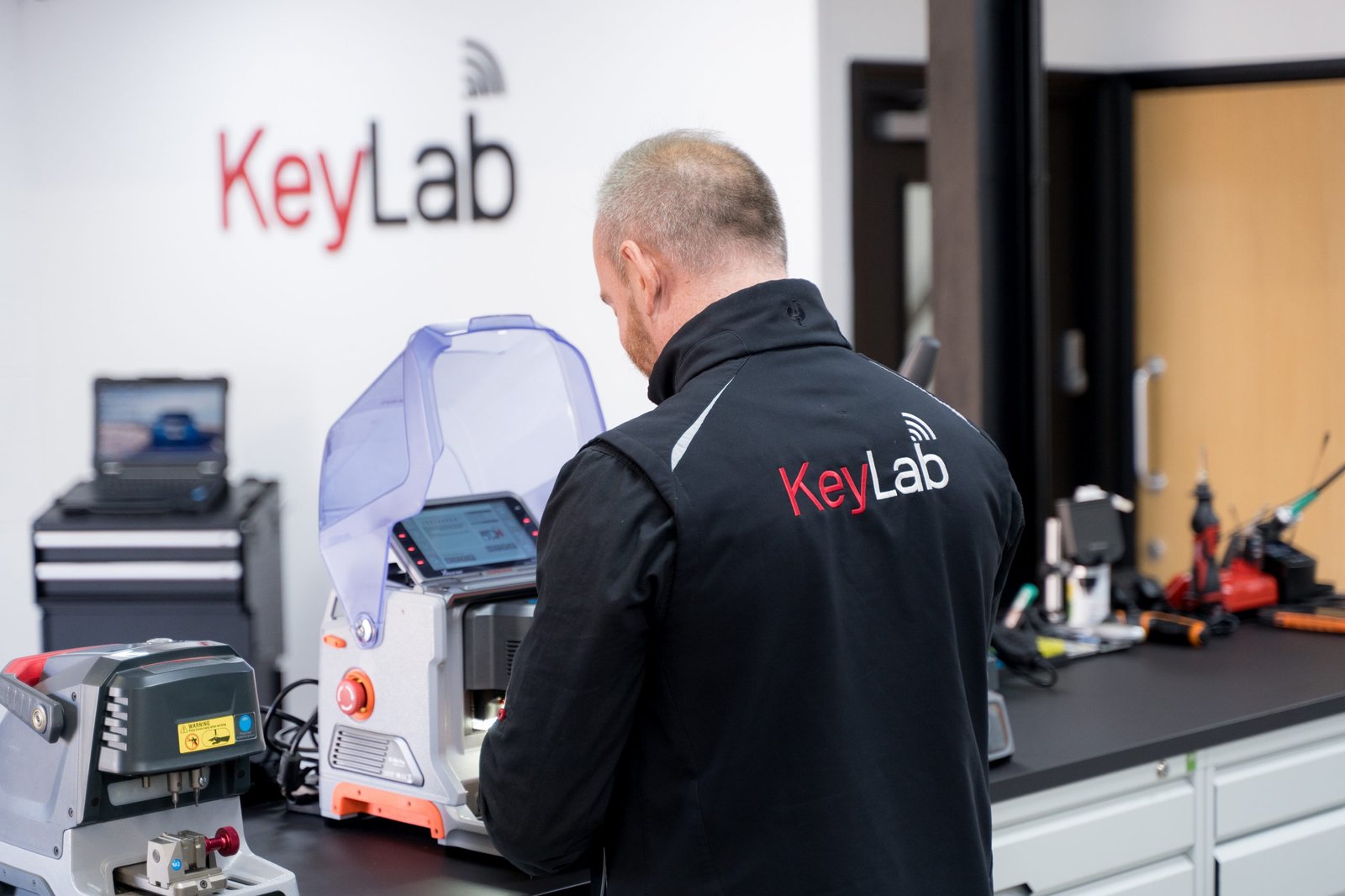Key Replacements: An In-Depth Guide to Understanding and Implementing Effective Substitutions
Intro
In the world of various markets-- from automotive to innovation-- the term "key replacements" signifies the practice of replacing a failing or inadequate component with a brand-new or improved version. Comprehending key replacements is crucial for preserving functional efficiency, boosting efficiency, and guaranteeing safety. This short article digs into the numerous aspects of key replacements, exploring their importance, execution methods, and typical queries surrounding the topic.
What Are Key Replacements?
Key replacements refer to the procedure of substituting a critical element within a system, device, or equipment that is pivotal to its functionality. These replacements can occur in numerous sectors, including automotive, innovation, and even human resources. By proactively recognizing and changing important parts, companies and individuals can prevent system failures, preserve efficiency, and enhance security.
Value of Key Replacements
The importance of key replacements can not be overemphasized; they serve various functions that add to the general efficiency of systems. A few of their critical functions include:
- Preventing System Failures: Key replacements help avoid disastrous failures by addressing worn-out or malfunctioning elements before they develop substantial issues.
- Enhancing Performance: Upgrading to more recent components can boost system performance, resulting in enhanced output and effectiveness.
- Cost-Efficiency: Effective replacements can lower repair work expenses, extend the life-span of the whole system, and ultimately conserve cash.
- Security Assurance: In sectors like automobile and machinery, key replacements ensure that safety standards are preserved, decreasing dangers to workers and users.
- Compliance: In controlled markets, timely replacements may be a legal requirement to meet safety requirements.
Key Replacement Strategies
Executing key replacements successfully requires a strategic technique that lines up with the operational objectives of an organization. Below are numerous methods to consider:
1. Routine Maintenance and Inspections
Carrying out routine maintenance and assessments can help determine elements that might need replacement before they stop working. A well-defined upkeep schedule should include:
- Visual Inspections: Check for visible signs of wear or damage.
- Efficiency Monitoring: Track the performance of key components.
- Usage Analysis: Keep records of how frequently an element is used, which can anticipate wear patterns.
2. Data-Driven Decision Making
Making use of information analytics can help organizations make informed choices regarding when to replace key parts. Executing systems for information collection can result in:
- Predictive Maintenance: Identifying possible failures before they occur using historical information.
- Cost Analysis: Evaluating the cost implications of repairing versus changing parts.
3. Collaboration with Suppliers
Establishing strong relationships with suppliers and producers guarantees access to quality components and timely replacements. Adequate partnership can result in:
- Favorable Terms: Negotiating better costs and terms.
- Quality control: Gaining confidence in the quality and reliability of replacement parts.
4. Training and Education
Informing and training staff members involved in the replacement procedure can significantly boost performance. Providing details on best practices and brand-new technologies can help ensure:
- Maximized Efficiency: Employees comprehend the optimum methods for changing components.
- Minimized Errors: Minimized threat of mistakes during the replacement process.
Types of Key Replacements Across Industries
Key replacements vary throughout industries, each with its specific elements and practices. Below are some typical types in different sectors:
Automotive Industry
| Component | Replacement Reason |
|---|---|
| Engine Oil | Prevent wear and improve efficiency |
| Brake Pads | Make sure safety and responsiveness |
| Tires | Improve traction and fuel performance |
Innovation Sector
| Part | Replacement Reason |
|---|---|
| Hard disks | Boost data access speed |
| Batteries | Restore gadget mobility and performance |
| Circuit Boards | Improve gadget reliability and longevity |
Production
| Component | Replacement Reason |
|---|---|
| Conveyor Belts | Maintain functional efficiency and safety |
| Security Guards | Support health and wellness compliance |
| Bearings | Decrease friction and facilitate smooth operation |
Frequently Asked Questions About Key Replacements
1. What is the most crucial reason for changing key elements?
The most crucial factor for replacing key elements is to ensure system dependability and safety, avoiding failures that could cause expensive downtimes or dangerous scenarios.
2. How typically should Replacement Car Key Fob consider key replacements?
Key replacements ought to be thought about based on the particular part's wear pattern, performance metrics, and upkeep schedule. Regular assessments must identify the appropriate periods for replacements.
3. What should I do if I am uncertain about a component's condition?
If unsure about a part's condition, it is suggested to carry out an extensive evaluation, evaluation efficiency data, and seek advice from with specialists or makers for professional guidance.
4. Is it much better to repair or replace a key element?
The choice to fix or replace a key element depends upon cost-effectiveness, dependability, and long-term benefits. Often, replacement might be more practical when thinking about life-span and performance metrics.
5. Where can I find reliable replacement parts?
Reputable replacement parts can usually be discovered through authorized dealers, trustworthy providers, or straight from manufacturers. Constantly validate their dependability and inspect reviews before acquiring.
Key replacements are an essential aspect in keeping functional performance and security throughout various markets. By comprehending the significance of these replacements, implementing strategic techniques, and attending to common inquiries, companies can guarantee that their systems remain robust and reliable. Future improvements in technology and data analytics will even more boost the depth and precision of key replacements, continuing to drive enhancements in efficacy and safety. Engaging proactively with this concept can substantially minimize dangers and raise total efficiency in any functional context.

